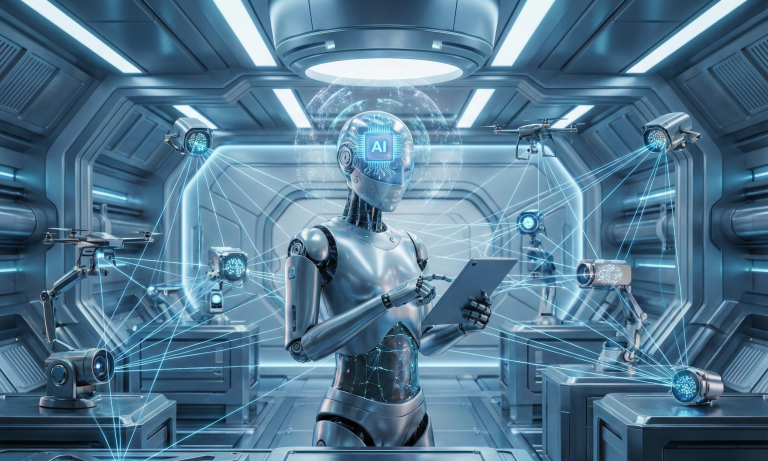3 AI-Driven Ideas for Ultimate Social Media Immersion
Learn how AI-powered platforms help you create and refine visuals for stunning social media campaigns—and unlock the hidden potential of content repurposing.
Read More
 Blog
Blog
 Blog
Blog
 Productivity
Productivity
 Blog
Blog
 Blog
Blog
 Blog
Blog
 Blog
Blog
 Productivity
Productivity
 AI Agents
AI Agents
 AI Agents
AI Agents
 AI Automation
AI Automation
 AI Automation
AI Automation
TechPilot.ai TechPilot.ai provides independent reviews, comparisons, and insights to help users make informed decisions about AI tools.
Our content is written and fact-checked by experts, and we may earn a small commission if you choose to purchase through affiliate links—at no extra cost to you. This supports our mission to keep the platform free, unbiased, and up to date.